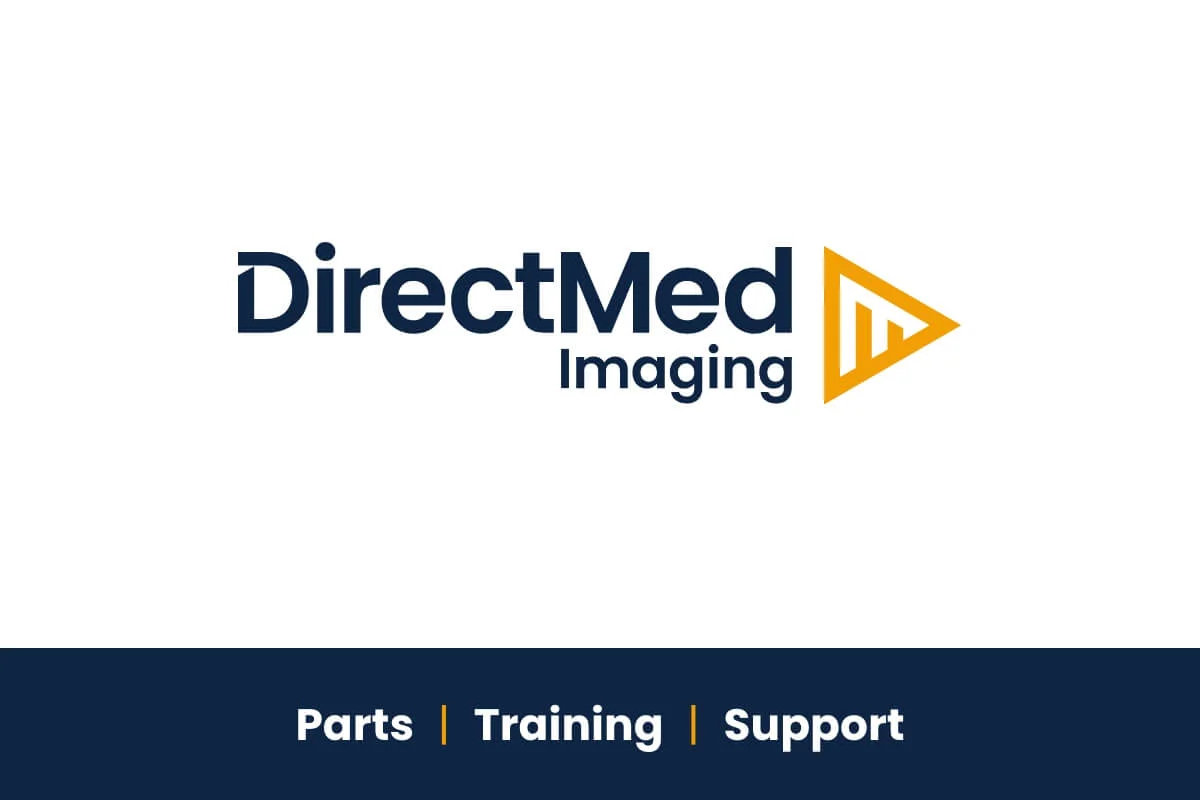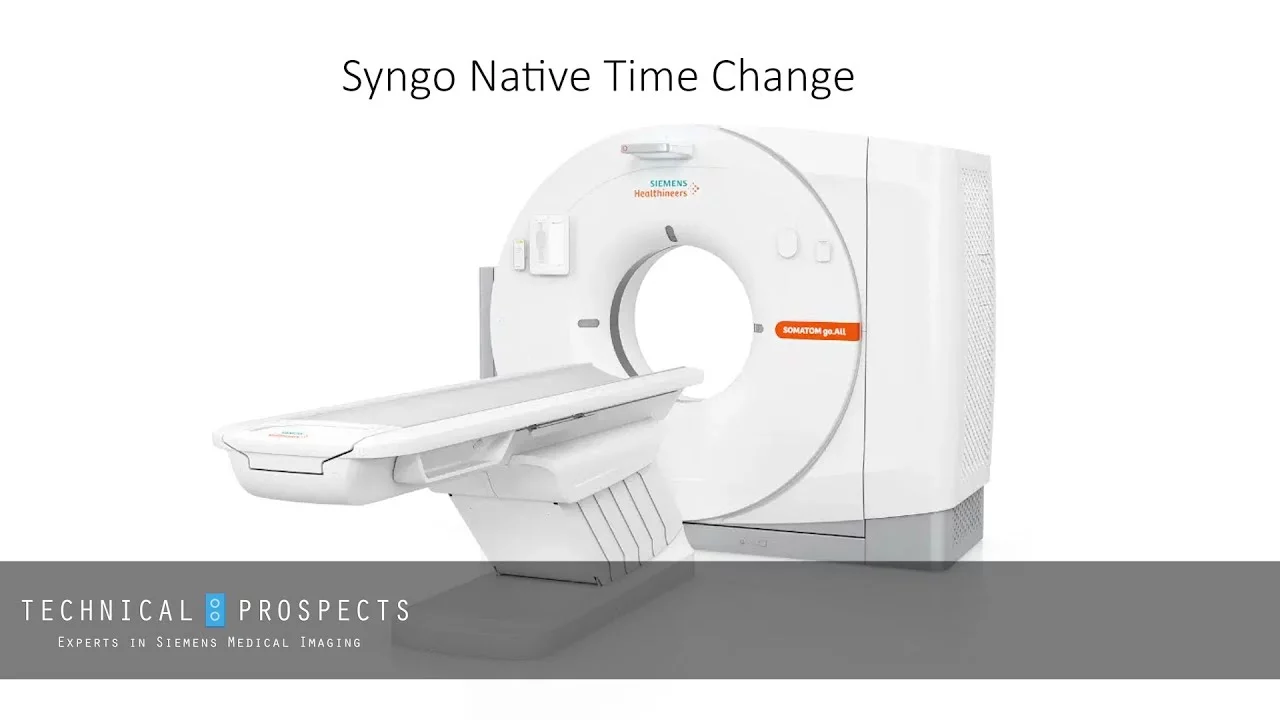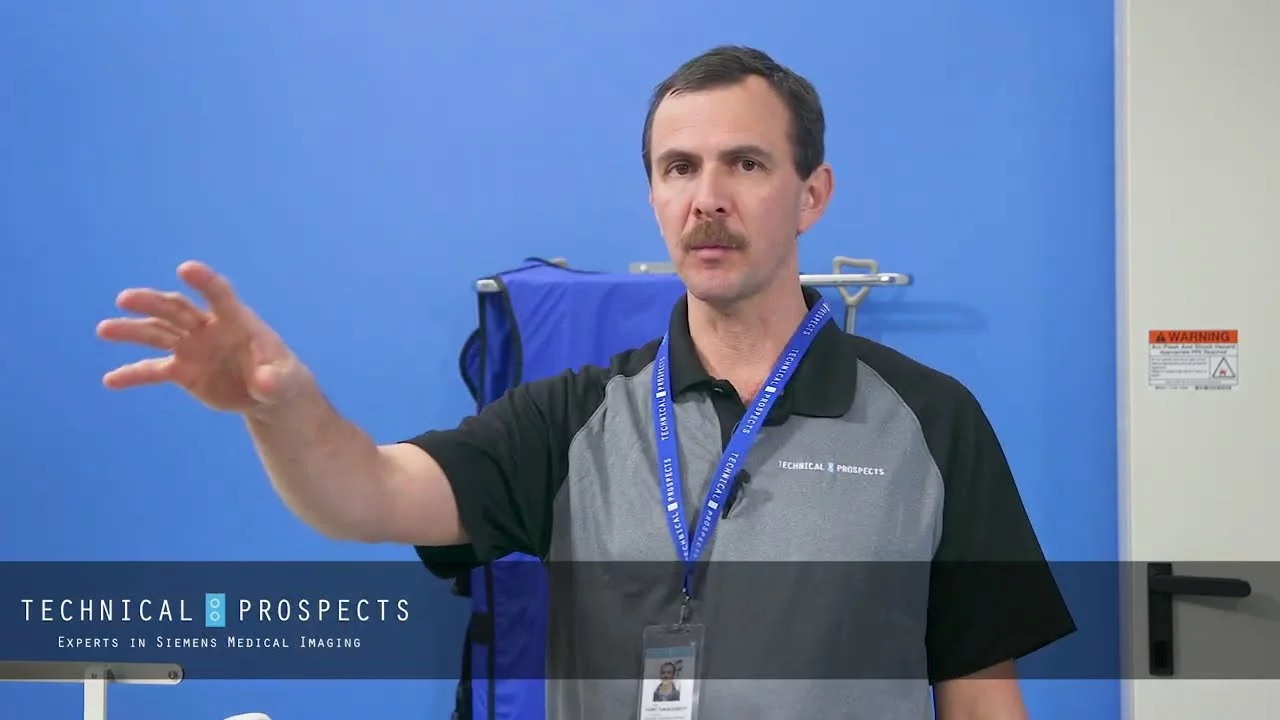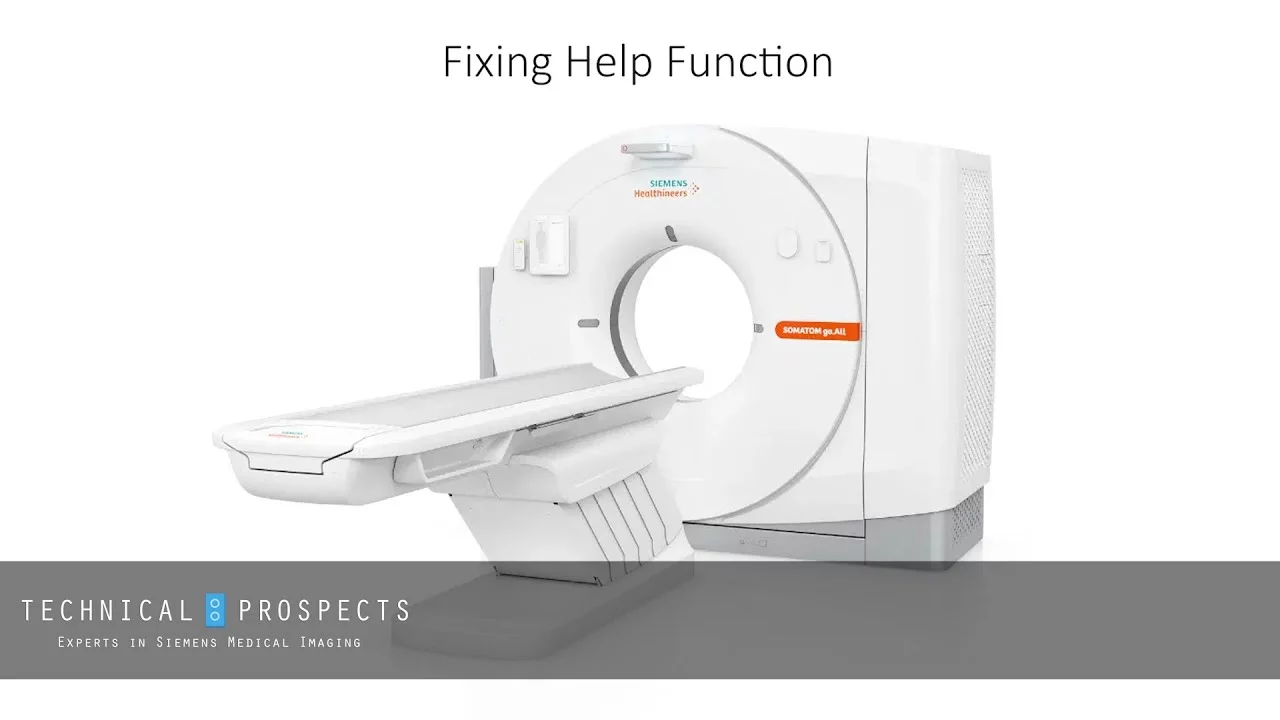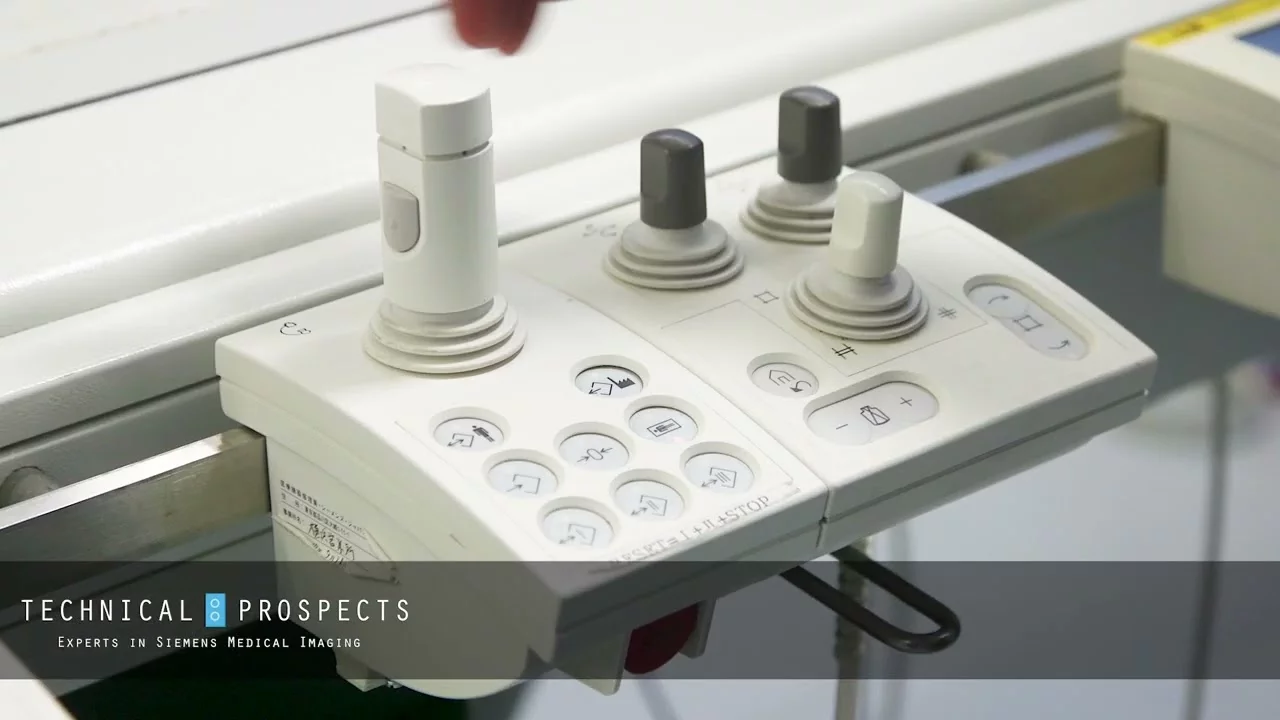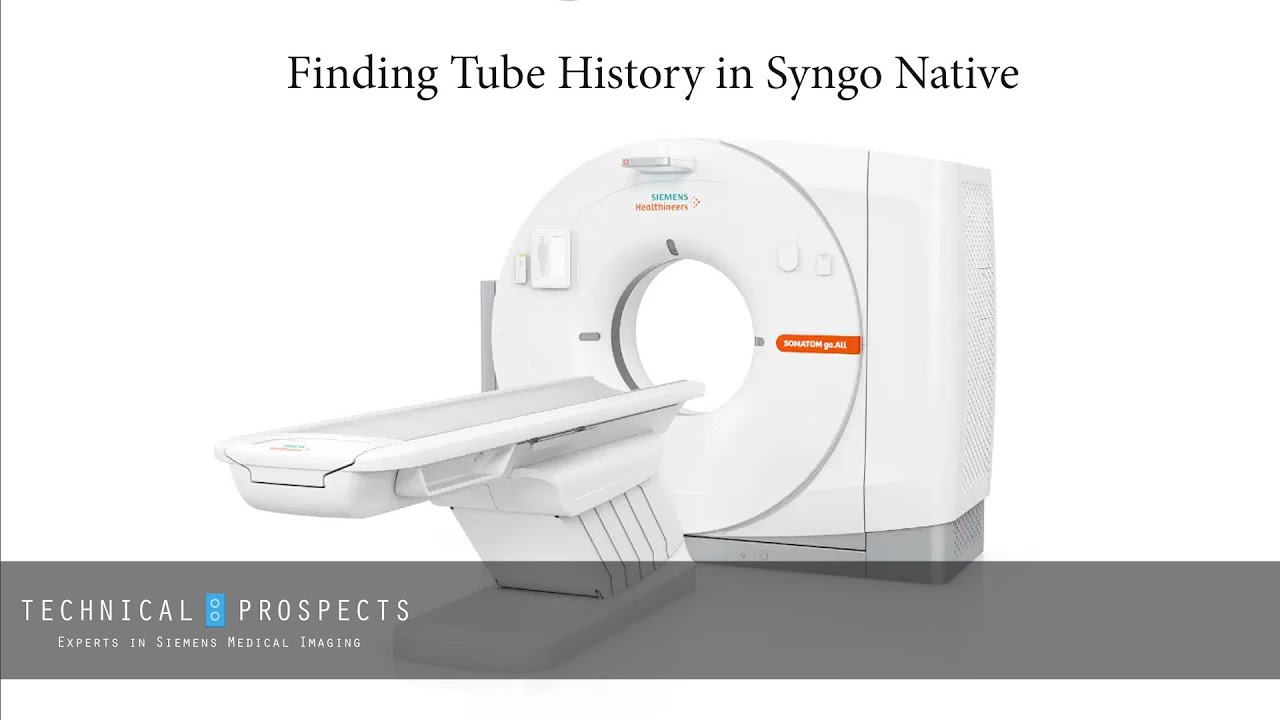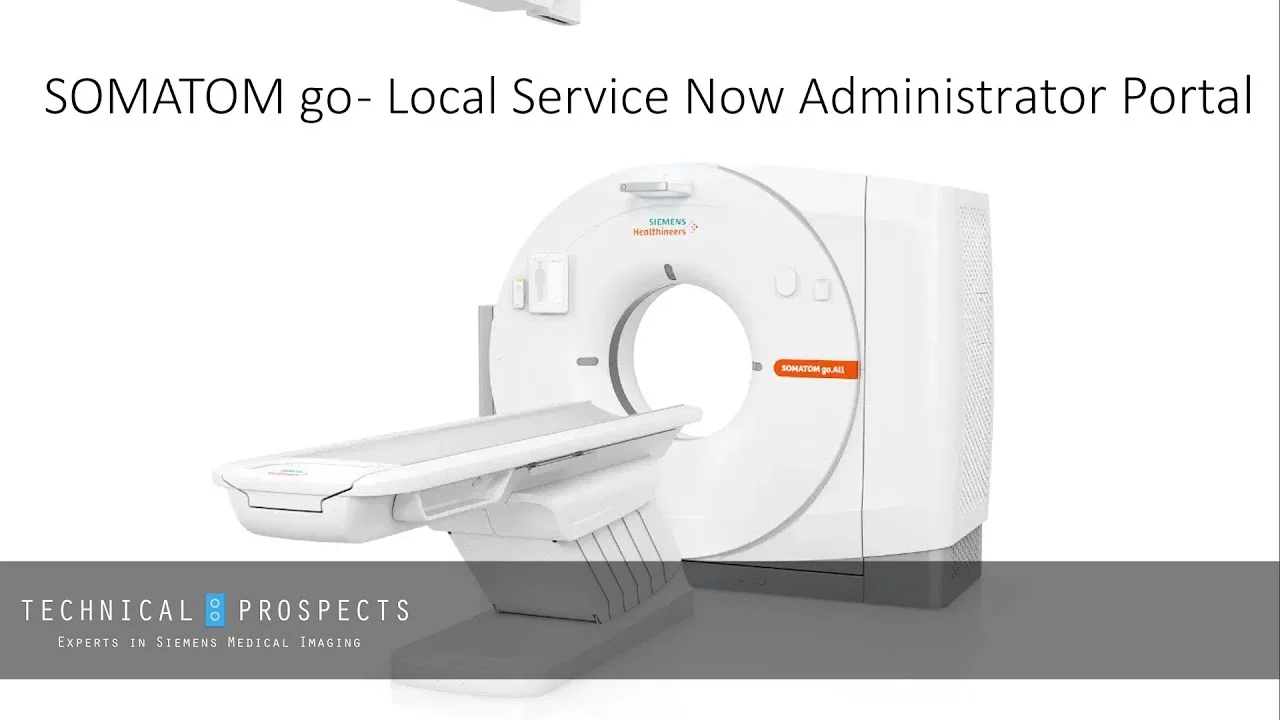The COVID-19 pandemic has put intense strains on hospitals and clinics around the country, both operationally and financially. As healthcare facilities prepared to handle an influx of patients battling coronavirus, millions of elective procedures were cancelled – from surgeries to scans.
For example, women’s health screening dropped dramatically in 2020. A study from JCO Clinical Care Informatics cites an 89% decrease in mammograms, which is causing concern for future diagnoses of later stage cancer. Additionally, ultrasound exam volume has fallen by 50% according to an IMV report.
The American Hospital Association (AHA) predicts 2020 financial losses at hospitals in the U.S. will reach $323 billion dollars by the end of the year. A drop in revenue from medical imaging is playing a part in those losses.
While year-over-year growth in medical imaging revenue was 1.5% in 2019, things went the opposite direction in 2020. According to research from Omdia, which was cited in an article on AuntMinnie.com, global medical imaging revenue will shrink 4.6% this year.
There was some revenue growth in CT scans and mobile radiology because of their use in diagnosing COVID-19 patients. But all other modalities saw decreases, including MRI revenue, which Omdia says will fall 18% in 2020.
(Source: Omdia © 2020 Omdia)
The Pandemic’s Impact on Hospital Budgets
With hospital revenues down in the midst of the COVID-19 response, administrators are making tough decisions about how to adjust their budgets.
Sage Growth Partners conducted a survey of healthcare leaders in June that found 68% expected capital budgets to decrease in the following 12 months. According to a separate survey from the investment bank Cowen, 70% of hospital administrators planned to redirect capital budget toward COVID-19 spending.
So, not only has the pandemic led to financial losses at healthcare organizations, it’s also taken budget from other departments. For example, to protect patient safety, many healthcare providers are investing in telemedicine technology. The Sage Growth Partner’s study found 85% of survey participants called virtual care a critical technology solution.
For medical imaging departments, reduced capital to invest in new imaging technology often means keeping older systems in place and extending their lives with replacement parts when necessary. With regularly scheduled preventive maintenance and a trusted partner for parts and service, this is a completely viable option, even for systems that have passed what the OEM dubs “end of life” (EOL).
The reality is that the term “end of life” is more marketing jargon than anything else. It’s a way for manufacturers to push healthcare providers towards their latest models and get customers to sign new service contracts.
The Cost Advantages of Maintaining Older Imaging Systems
The typical sales cycle for a piece of medical imaging equipment is as short as two years. If you’re spending hundreds-of-thousands and even upwards of a million dollars on an imaging system, shouldn’t it last longer? Does the technology really become outdated that quickly?
Of course not. Equipment that’s well-maintained can bring value for as long as 20 years. In times such as this, it may not be feasible to have the latest and greatest medical imaging technology in your facility. If capital budgets need to be used elsewhere, there is an entire network of independent organizations and field service engineers who are qualified to help you maintain your existing technology.
In fact, there are actually some distinct benefits for keeping imaging systems in use after the OEM service contract ends:
- More technical knowledge: Because older systems have been on the market longer, there are more imaging engineers with experience servicing and maintaining them.
- More replacement parts availability: As facilities update medical imaging systems, the equipment that’s being replaced can be harvested for refurbished parts that keep older models running.
- More affordable parts and service: If you choose not to extend an OEM service contract, you’ll experience cost-savings using independent service organizations (ISOs) and parts suppliers.
For example, when you purchase imaging replacement parts from DirectMed Imaging, you’ll pay 30% to 90% less than OEM part prices. Plus, our 24/7 expert technical support is absolutely free. You may not get that if you call the manufacturer’s support line.
There are many parts suppliers and ISOs to choose from, and the cost of a bad medical imaging part can come back to haunt you. Saving a few hundred dollars by choosing the cheapest option could mean you lose tens-of-thousands in the long run.
If you’re looking for ways to cut costs and offset lost revenue as finances get tight in the wake of the pandemic, be sure to consider the big picture. Choosing a partner with rigorous quality assurance and parts testing means parts are much less likely to arrive dead-on-arrival (DOA).
DirectMed Imaging has one of the lowest DOA rates in the industry. We test all our Siemens medical imaging parts in a live system before shipping them to you in packaging that’s designed to protect your purchase during transit. When you choose DirectMed Imaging, you get reliable parts, expert support, and significant cost-savings when compared to the OEM. That’s one thing that’s certain in these uncertain times.

